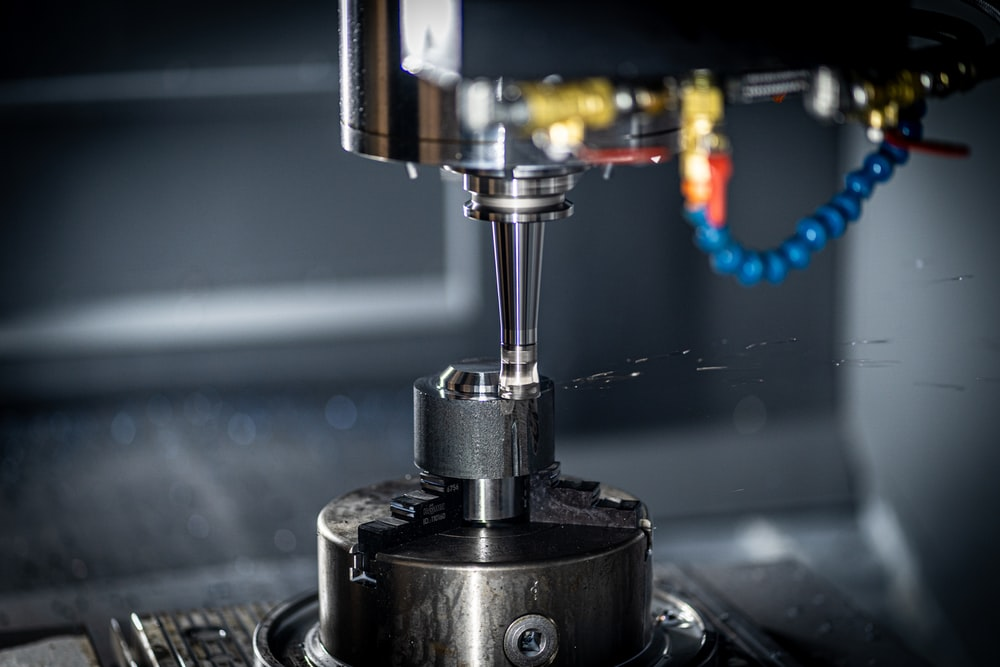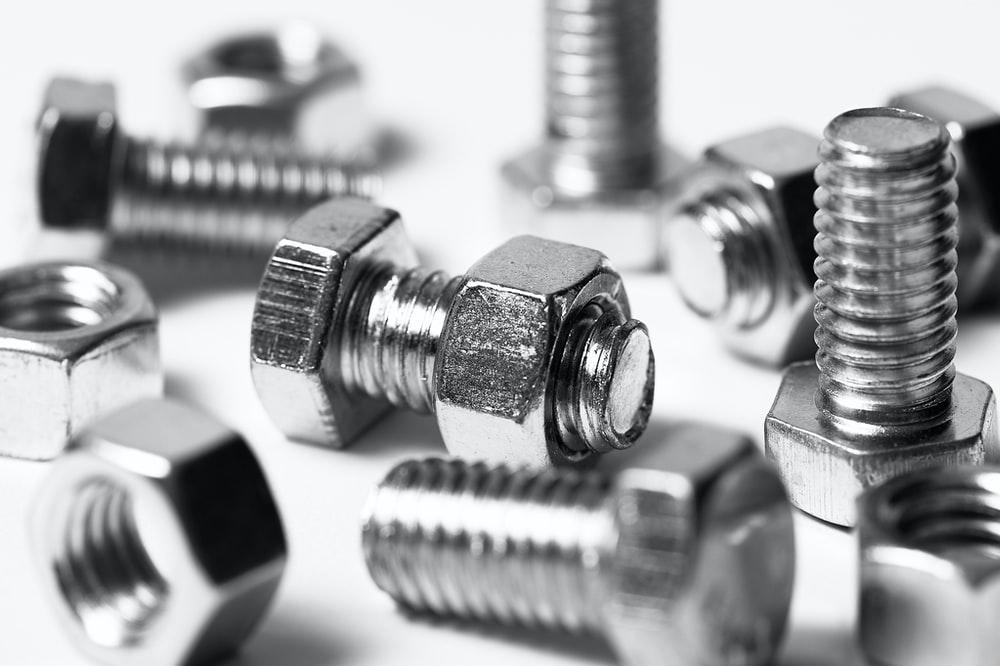If you’ve never used a computer numerical control (CNC) machine, there’s a lot of stuff you might not know. Many people think these powerful tools are complicated and require expertise. The truth is that they’re actually fairly simple to use, and even if you’ve never used any CNC before, it doesn’t take much to get started. This blog will discuss some common problems that people often face while using CNC machines and how to resolve them.
Cuts are Rough and/or Uneven
This is probably the most common issue people experience with their CNC machines. If the cuts are rough or uneven, it’s probably a sign of misalignment between the tool bit and the stock being worked on. To fix this problem, you usually need to manually adjust the Z-axis focus point by changing the focus point parameter in your software settings or creating a custom depth of cut (DOC) setting. If this doesn’t fix the problem, it’s most likely that the tool is not cutting deep enough to cut all the surface features. In this case, you can make several passes on each part and use a different bit of grit for each pass.
Tool Leaks
This problem is caused by either a bad spindle seal, worn bearings in your spindle drive system, or an insufficiently hardened spindle bearing surface. To fix a leaky spindle drive system, you can try putting in new bearings or even sanding down your spindle’s bearing surface and reapplying preservative oil. You should also check your spindle lock washer for wear and tear and replace it if necessary.
As for the spindle seal, you can try replacing it if it’s still in proper shape, but also consider putting a little grease on top of it to ensure that it doesn’t leak anymore. If your spindle bearing surface is worn, you can typically clean or replace them with new ones. You should follow the manufacturer’s recommended procedure to oil a new bearing and then use lubricant on your spindle shaft and spindle bearing afterward.
Bearing Wear
This problem is caused by either contaminated grease in your bearings or insufficiently hardened surfaces on the bearings themselves. If your bearings are contaminated, you can try replacing them with new ones. You should also make sure that the lubricant you put on your bearings is compatible with the type of bearing you have.
Another common problem with bearing wear is insufficiently hardened surfaces in your spindle bearing. This can cause bearing failure and long-term problems for the other components of your machine. In order to prevent this, always follow the manufacturer’s recommended procedure for installing new bearings and keep everything clean and dry. Using a good lubricant on these surfaces is also recommended in some cases; however, too much grease or oil can actually deepen the holes in these parts, which could lead to metal fatigue and failure long after they’ve been installed.
Unable to Feed Stock Through the Machine
If you can’t feedstock through your machine, it’s probably because there’s something in the way. There are a few common issues with feeders: bent or damaged arms, worn or missing guides, worn or damaged bearings in the feeder itself, and broken gears.
Steps to fix an issue with your feeder:
Clean all the parts. When cleaning bearings (or anything else that has moving parts), always remember to get as much debris as possible out of the way so that it doesn’t cause problems later on. Tighten all loose screws and bolts on the item in question until they’re snug but not overtightened. Make sure the parts you’re cleaning are dry and have no debris or oil on them. Replace any missing or damaged parts with new ones and clean the old ones as much as possible. Check to make sure everything is securely fastened and secured, so it doesn’t move around during operation.

Lathe Only Works in One Angle, Not Restricted to a Single Angle
This problem is usually caused by the part you’re working on not being perfectly flat. If it’s not flat, you can’t use the spindle bearings to create a truly flat surface, which will restrict your lathe’s rotation to only a single angle. You can fix this problem by ensuring that both surfaces are perfectly parallel and are as uniform as possible. This means you should stick with the manufacturer’s recommended spindle bearing surface size for each part, which is typically only adjustable in steps of 1/64″ to 1/32″.
If you’re also looking for CNC milling machines, CMM, or grinders, MD Design & Automation, Wisconsin, can help. We have years of experience in this diverse industry. Our wide range of services includes precision machining & manufacturing, precision cnc machining services, Jig grinding, Cnc production, Cnc and manual turning, 4 and 5 axis machining, precision grinding, CMM inspection, electrical discharge machining Wisconsin, EDM machining, short-run machining, manual milling turning Wisconsin, and more. Reach out to us at 262 338 1988 or request a quote for your project today.
